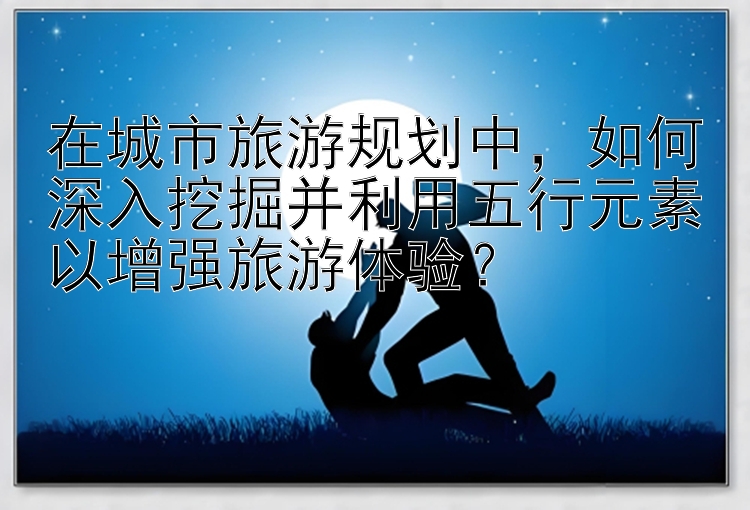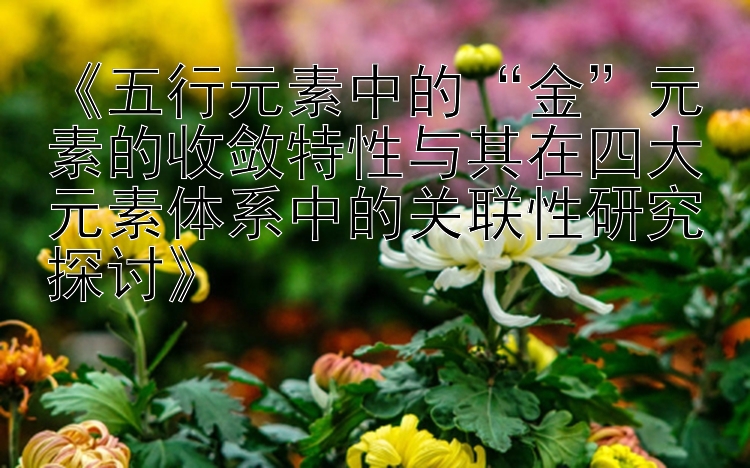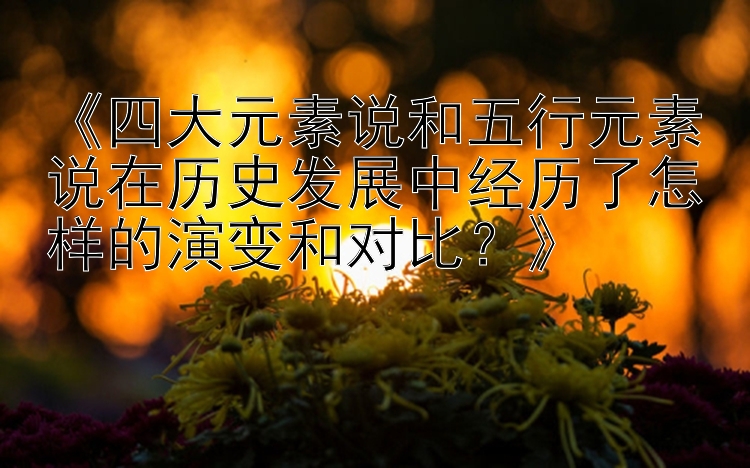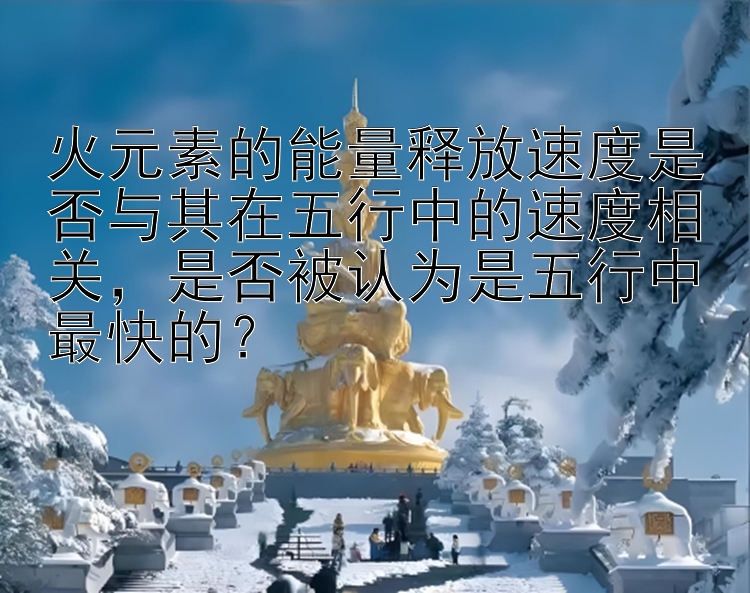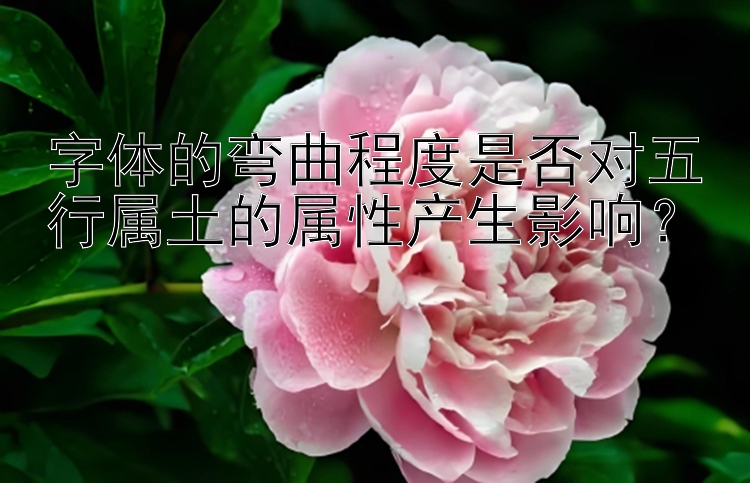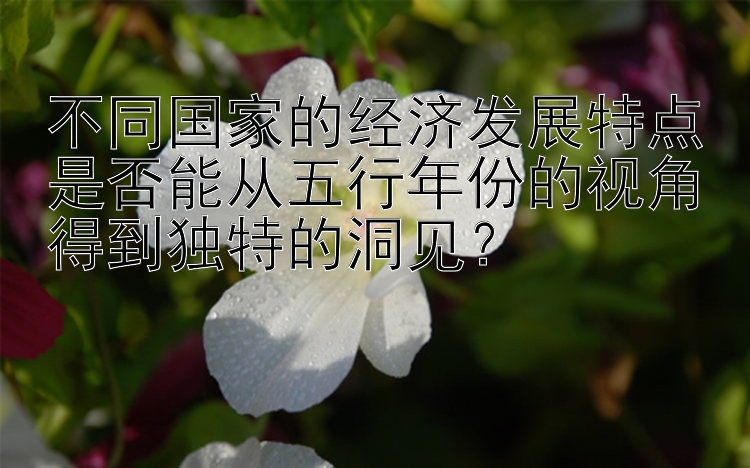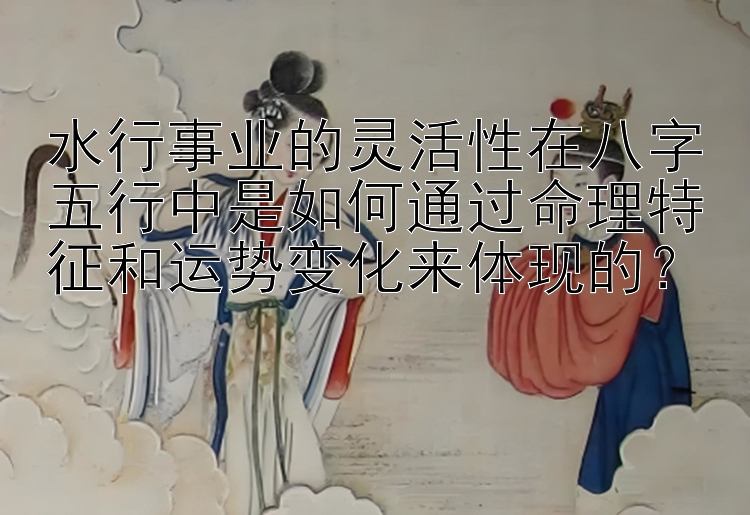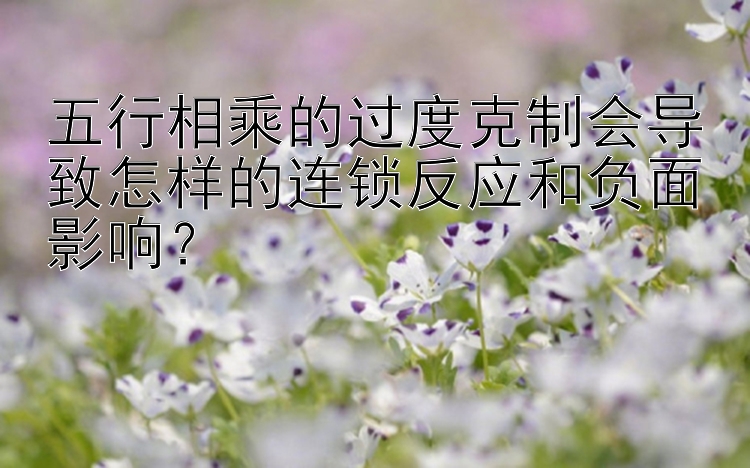五行与四大元素:科学视角下的分类差异解析
在探讨宇宙的奥秘时,人类自古以来就试图通过各种方式来理解自然的本质。其中,“五行”和“四大元素”是两种不同的哲学体系中对于物质世界的基本构成要素的描述。虽然两者都涉及对世界的分类,但它们的概念来源、应用领域以及所代表的含义有着显著的区别。本文将从科学的视角出发,对这些区别进行深入解析。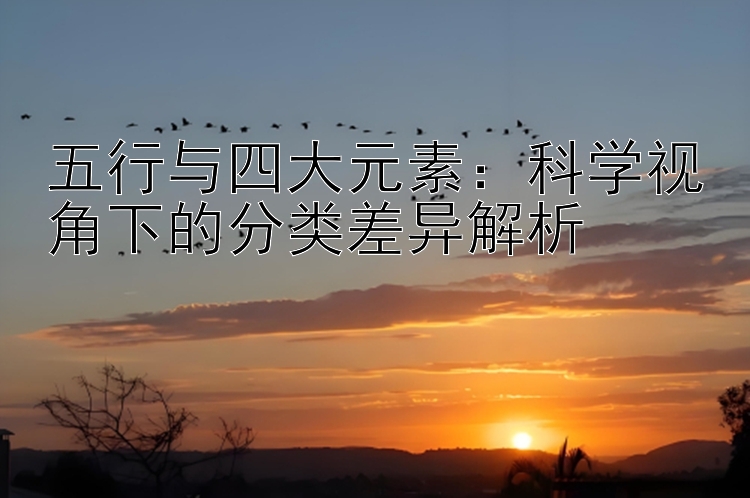
五行理论:古老的东方智慧
“五行”是中国古代的一种哲学概念,它认为世间万物是由金、木、水、火、土五种基本元素组成的。这五种元素 are not only physical substances but also metaphysical principles that govern the interactions and transformations of all phenomena in the universe. Each element is associated with specific characteristics, such as: - 金(Metal): represents strength, rigidity, and purity. It is related to autumn, west direction, and the color white. - 木(Wood): symbolizes growth, development, and creativity. It corresponds to spring, east direction, and the color green. - 水(Water): stands for fluidity, changeability, and intelligence. It aligns with winter, north direction, and the color black or blue. - 火(Fire): embodies heat, passion, and enlightenment. It matches summer, south direction, and the color red. - 土(Earth): signifies stability, nourishment, and balance. It pertains to center position and the color yellow.
The interplay between these elements is believed to be fundamental to understanding the natural world and human life. In traditional Chinese medicine, for example, it is thought that a person's health depends on the harmonious balance of the five elements within their body. Similarly, in Feng Shui, the arrangement of objects and spaces can influence energy flow (Qi) by enhancing or mitigating the effects of each element.
四大元素:西方神秘学的基石
In contrast, “四大元素”(Four Elements)is a concept derived from ancient Western philosophy and occult traditions. This system classifies all matter into four basic types: Earth, Water, Air, and Fire. These elements were seen as the fundamental building blocks of everything that exists and are often associated with certain qualities and symbolic meanings: - 地(Earth): denotes solidity, materialism, and practicality. - 水(Water): connotes emotion, intuition, and spirituality. - 风(Air): represents communication, intellect, and reason. - 火(Fire): embodies action, willpower, and transformation.
These categories have played a pivotal role in various esoteric practices, including alchemy, astrology, and tarot readings. For instance, in astrology, each zodiac sign is associated with one of the four elements, providing insights into an individual's personality traits and life experiences. The study of elemental correspondences has been integral to magic and ritualistic practices across cultures, reflecting the deep-seated belief in the universal significance of these primary forces.
科学与哲学的交汇点
Despite the profound differences in origin and application, both systems share some common ground in their attempt to categorize and explain the workings of reality. They reflect early attempts at formulating scientific theories based on empirical observations and logical reasoning. However, they differ significantly in terms of how they conceptualize the nature of matter and its relationships.
While modern science has largely moved beyond these classical frameworks, they continue to hold cultural and spiritual relevance for many people around the world. As such, the "Five Elements" and "Four Elements" remain influential tools for self-discovery, holistic healing, environmental stewardship, and even contemporary art and literature.
